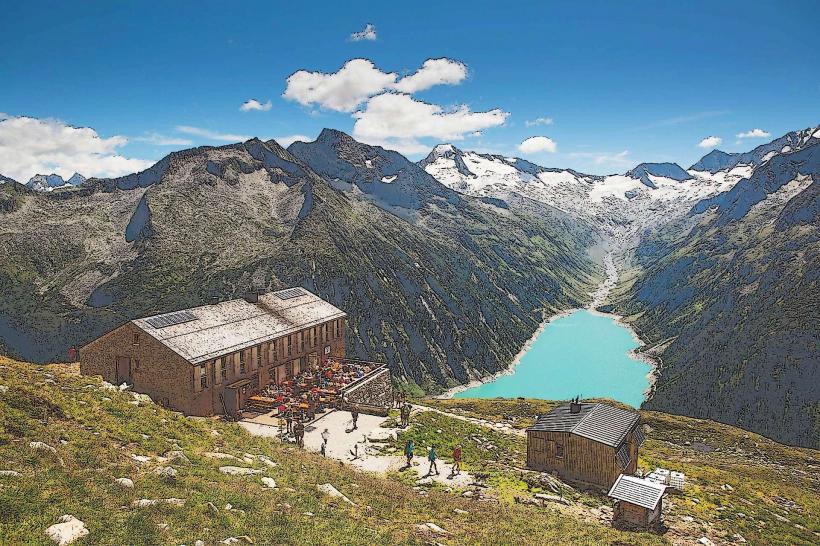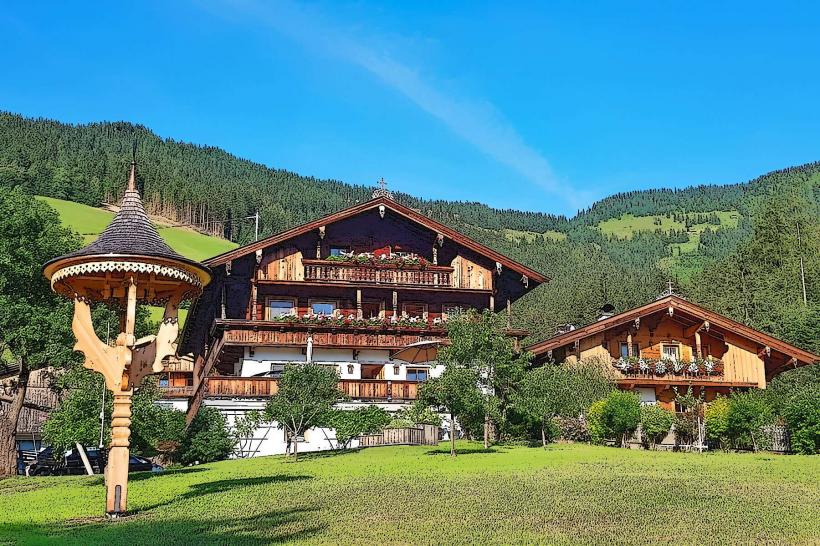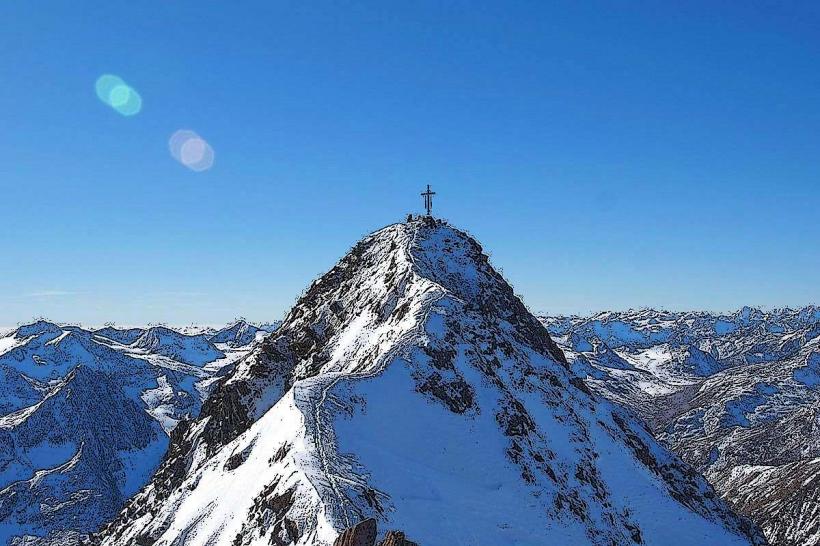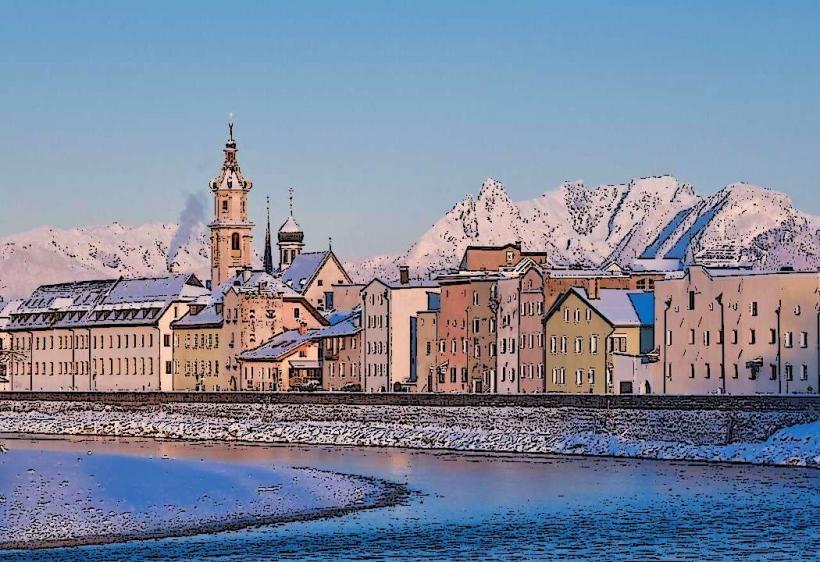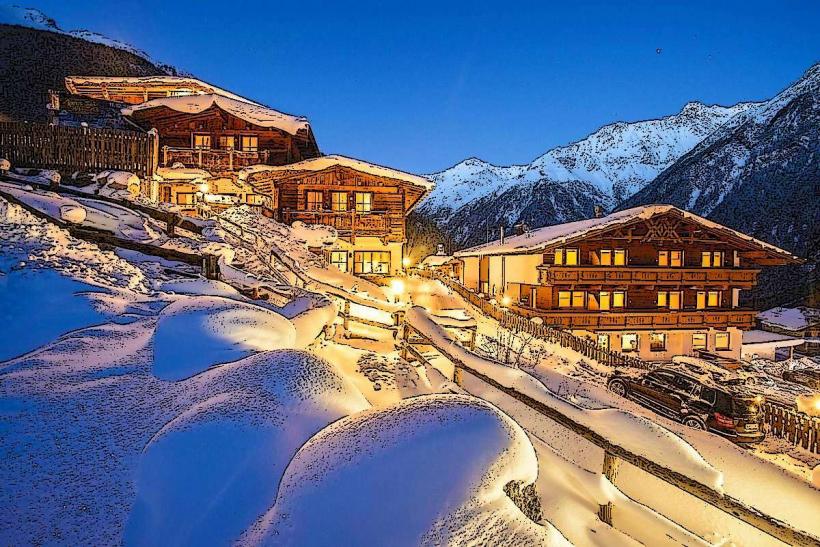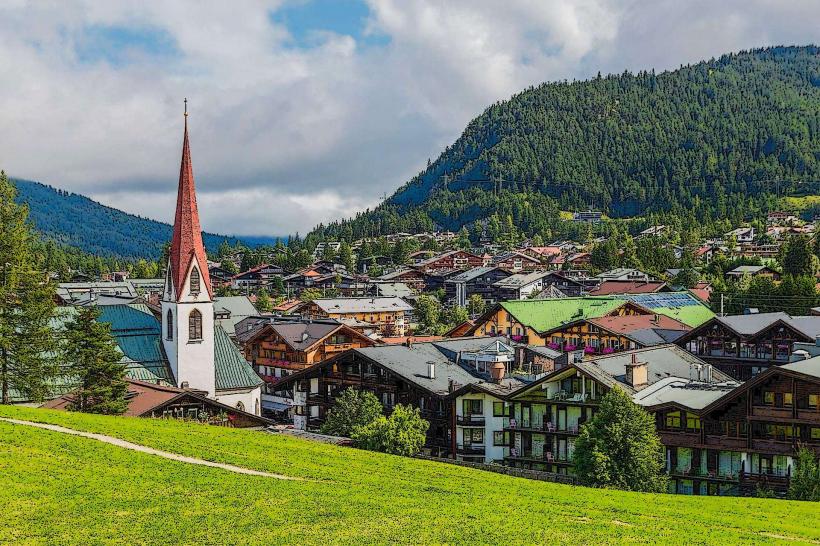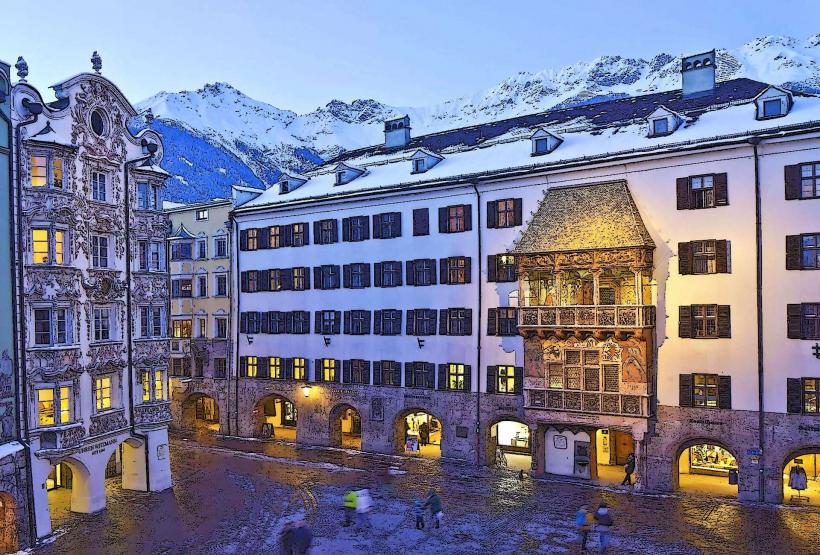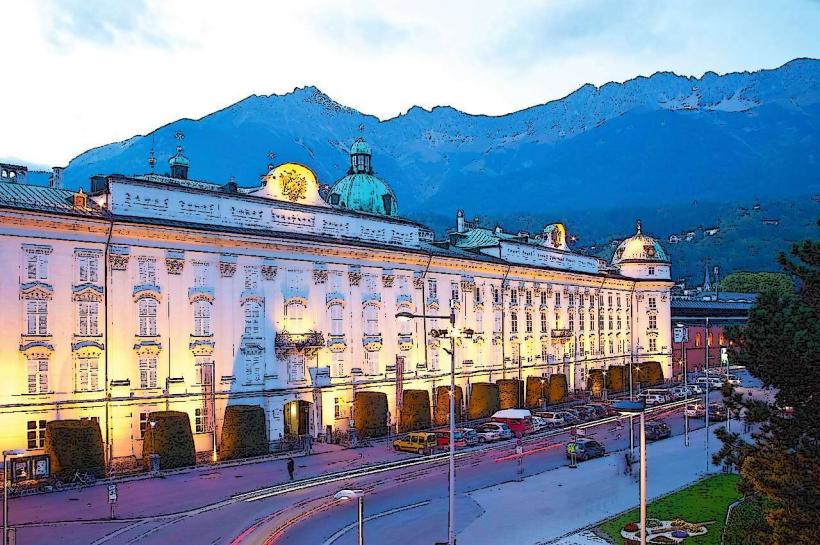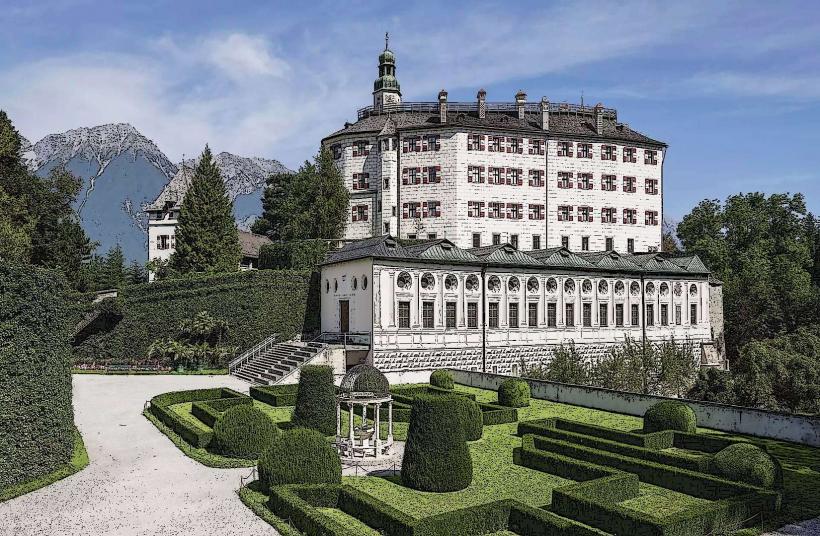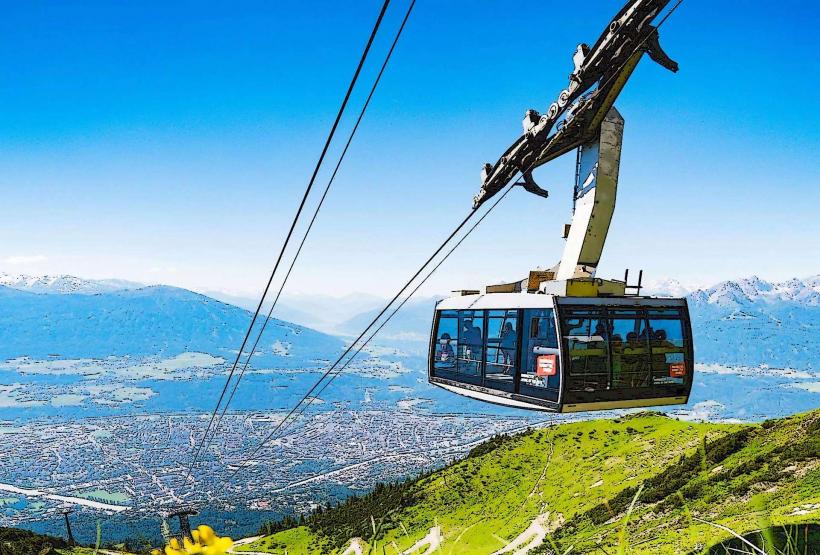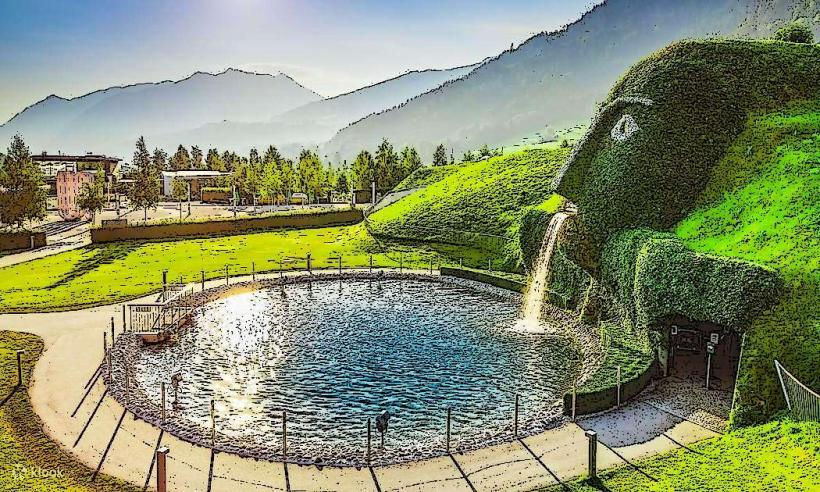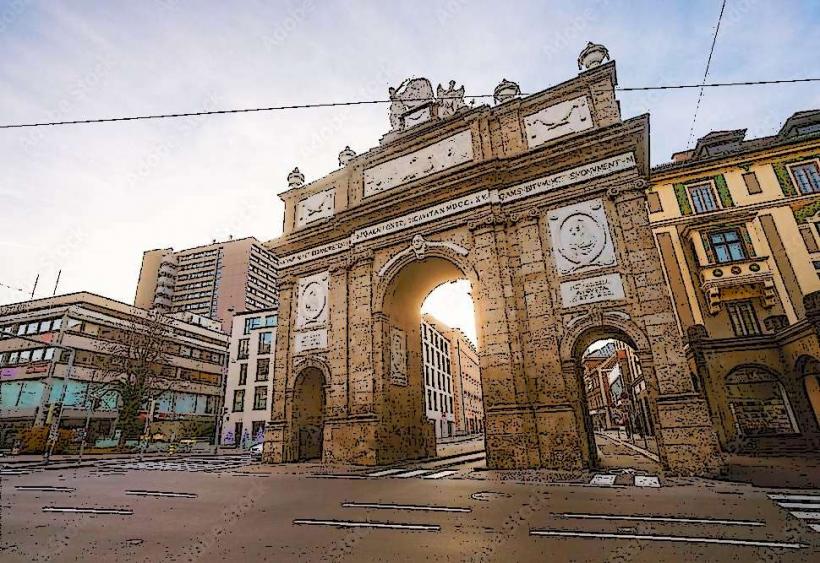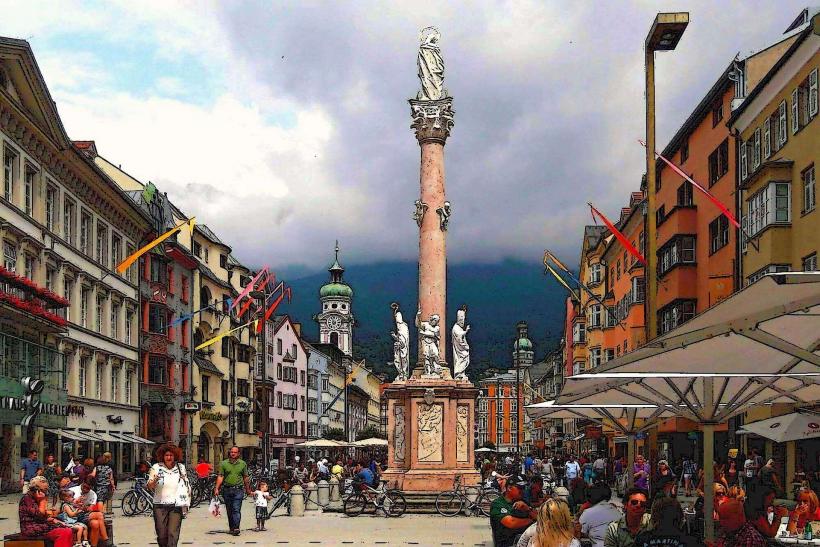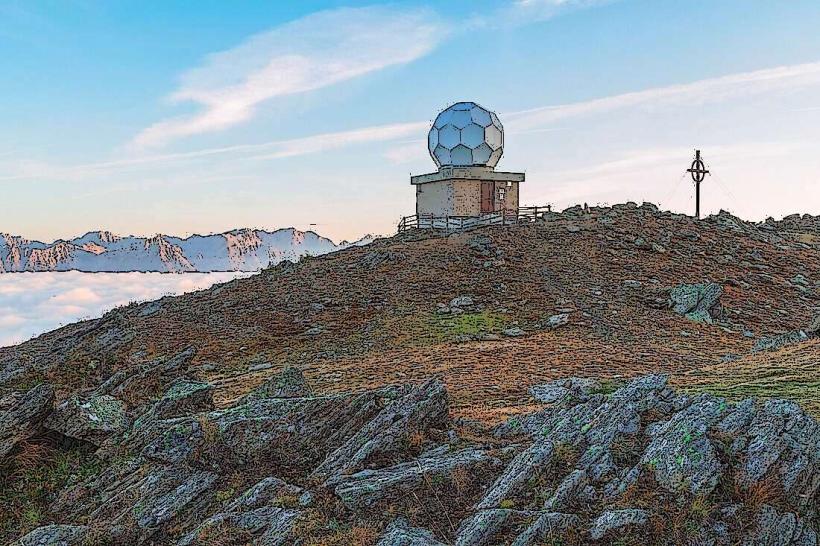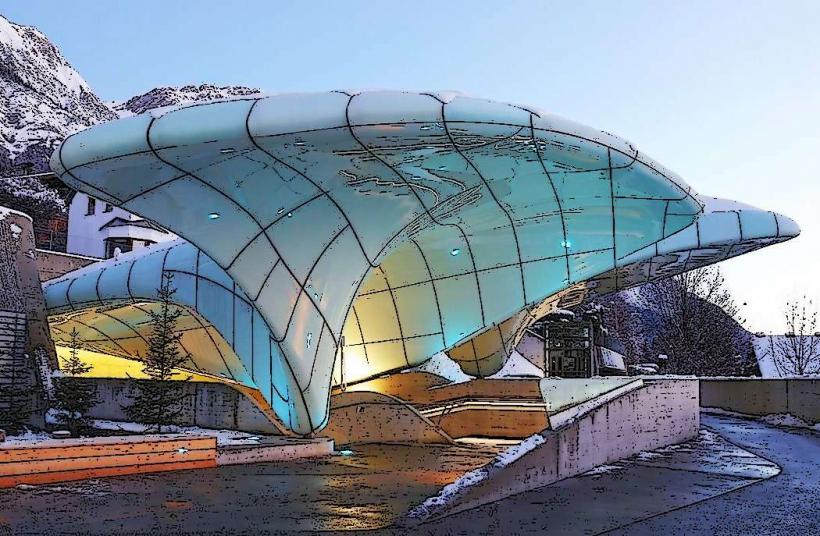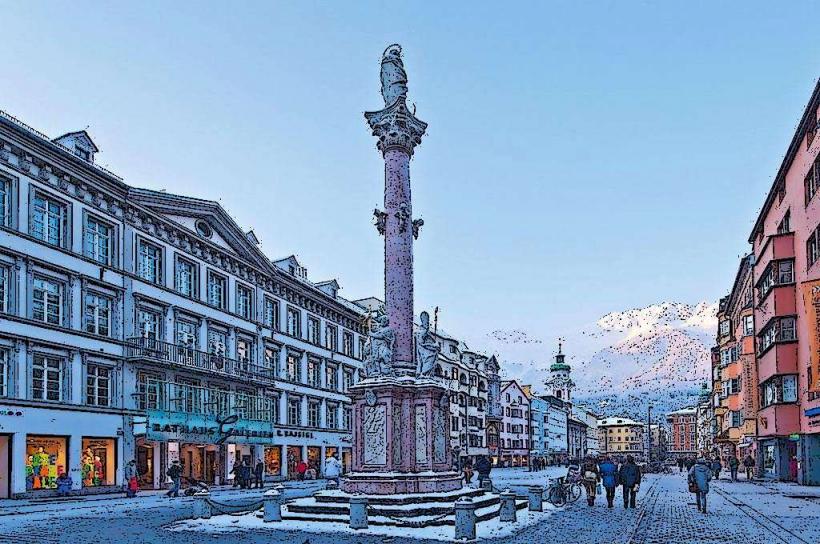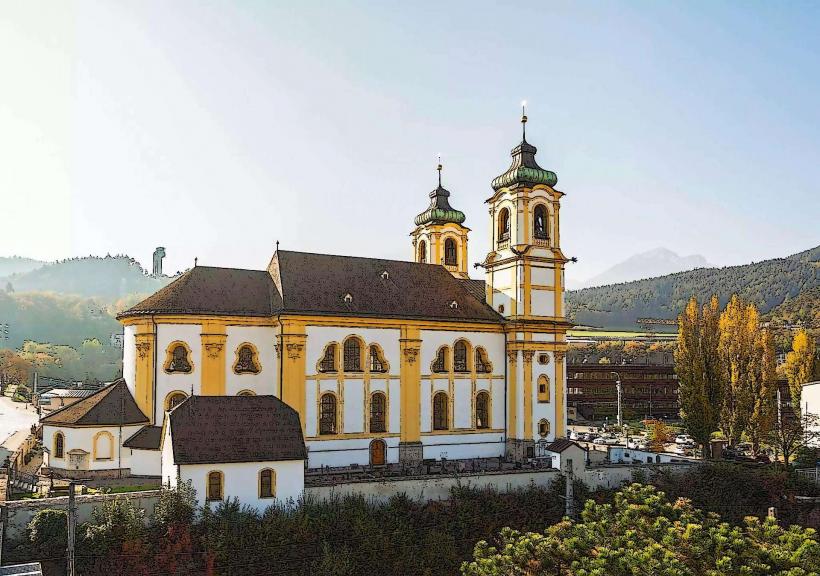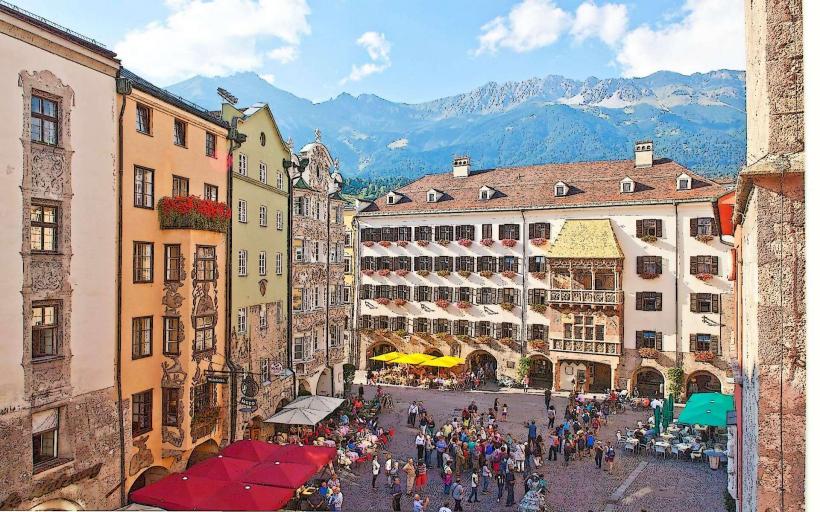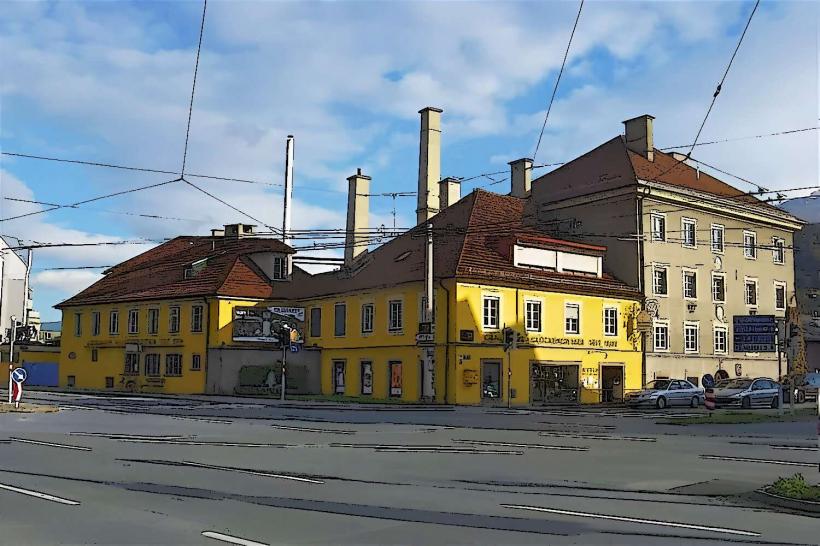Information
Landmark: Innsbruck Cathedral (Dom zu St. Jakob)City: Innsbruck
Country: Austria
Continent: Europe
Innsbruck Cathedral (Dom zu St. Jakob) – A Historic Gem in the Heart of Innsbruck
The Innsbruck Cathedral, also known as Dom zu St. Jakob (Cathedral of St. James), is one of the most iconic and historically significant churches in Innsbruck, Austria. It stands as a central landmark in the Altstadt (Old Town) and plays a pivotal role in the city's religious and cultural heritage. Known for its baroque architecture, rich history, and magnificent interior, the cathedral attracts both pilgrims and tourists alike.
Overview
- Name: Innsbruck Cathedral (Dom zu St. Jakob)
- Location: Innsbruck, Austria, in the Old Town
- Denomination: Roman Catholic
- Architectural Style: Baroque
- Construction Dates: Originally built in the 12th century, with significant baroque renovations in the 18th century
- Function: Cathedral and episcopal seat of the Diocese of Innsbruck
History and Significance
1. Origins and Early Construction
The origins of the Innsbruck Cathedral date back to the 12th century. The original church was constructed on the site of an earlier early Christian church, which was dedicated to St. James the Greater (Santiago). The cathedral's current name, St. Jakob, honors this apostle.
- 12th Century: The church was first built as a Romanesque basilica around 1180. It served as the central church in the town of Innsbruck.
- 13th Century: The church grew in importance as Innsbruck developed into a prominent town within the Tyrol region.
2. Baroque Renovation and Final Design
In the 17th and 18th centuries, the cathedral underwent extensive renovations, transforming it into a stunning example of baroque architecture. The renovations were part of a broader movement across Europe to update and beautify churches in the baroque style, characterized by opulence, ornate decoration, and grandeur.
- In the late 17th century, the church was elevated to cathedral status as the Diocese of Innsbruck was established in 1964. The baroque remodeling included the addition of a grand altar, frescoes, and elaborate interior decorations.
3. Role in Religious Life
As the episcopal seat of the Roman Catholic Diocese of Innsbruck, the cathedral holds significant religious importance in the region. It continues to serve as a place of worship and an important site for mass, pilgrimages, and religious ceremonies.
- The cathedral is the site of important church events, including the ordination of priests and bishops and annual religious celebrations.
- The cathedral is a spiritual center for both the local community and visitors from around the world.
Architectural Features
1. Exterior Design
The exterior of the Innsbruck Cathedral is a harmonious blend of Romanesque and baroque elements, reflecting the church's long history and the evolving styles over the centuries.
- Romanesque Origins: The cathedral's basic structure still retains elements from the 12th century, including the simple façade and the twin towers that dominate the skyline of Innsbruck's Old Town.
- Baroque Transformation: The baroque façade was added in the 17th century, featuring ornate carvings, statues of saints, and decorative elements.
2. Interior Design
The interior of the Innsbruck Cathedral is a masterpiece of baroque artistry. The church is renowned for its elaborate decorations, frescoes, and magnificent altar.
- Altarpiece: The high altar is a focal point of the cathedral, featuring a dramatic baroque design. The altar is dedicated to St. James the Greater and includes paintings, golden accents, and statues.
- Frescoes and Paintings: The ceiling and walls are adorned with stunning baroque frescoes, depicting scenes from the Bible and the lives of saints. One of the most famous works is the fresco by Christoph Anton Mayr, which depicts the Triumph of the Eucharist.
- Side Chapels: The cathedral features several side chapels, each with its own altar and religious artwork.
3. Organ and Bells
- Baroque Organ: The cathedral's organ is a beautiful example of baroque craftsmanship. Built in the 18th century, the organ is still used for church services and concerts today.
- Bells: The cathedral is also home to several bells, including a large bell that rings to mark significant religious events in the region.
Notable Features
1. The Tomb of Archduke Maximilian III
One of the most significant features of the cathedral is the tomb of Archduke Maximilian III of Austria. Maximilian was a prominent figure in Austrian history and an influential member of the Habsburg family. His tomb, located in the cathedral, is an important historical and artistic landmark.
- The tomb is a masterpiece of Renaissance sculpture, and it highlights the royal ties between Innsbruck and the Austrian monarchy.
2. The Chapel of St. Peter
The Chapel of St. Peter is another notable feature of the cathedral. It houses a relief of the Last Supper and is dedicated to the **memory of the Austrian imperial family. This chapel is also a significant part of the cathedral’s spiritual life and a place for prayer and reflection.
Visiting the Innsbruck Cathedral
1. Location and Accessibility
The Innsbruck Cathedral is located in the heart of Innsbruck’s Old Town (Altstadt), making it a central landmark that is easy to access. It is near many other notable landmarks, including Maria-Theresien-Straße, the Golden Roof, and Innsbruck’s Town Hall.
- Walking Distance: The cathedral is easily accessible on foot, and visitors can explore other historical sites in the area as part of a self-guided walking tour.
2. Opening Hours and Services
- The cathedral is generally open to visitors throughout the day, with mass and special religious events held regularly.
- Visitors can attend church services or simply admire the cathedral’s architectural beauty and artwork.
3. Guided Tours
- Guided tours are available for visitors interested in learning about the history, art, and architecture of the cathedral. These tours provide insight into the cathedral's significance and highlight key artworks and historical features.
Conclusion
The Innsbruck Cathedral (Dom zu St. Jakob) is a stunning example of baroque architecture and an important historical and religious site in the heart of Innsbruck. With its rich history, magnificent artwork, and spiritual significance, it remains one of the most important landmarks in the region. Whether you are interested in architecture, history, or simply exploring the beauty of Innsbruck, the cathedral is a must-visit destination that offers a fascinating glimpse into the cultural and religious life of Austria.

